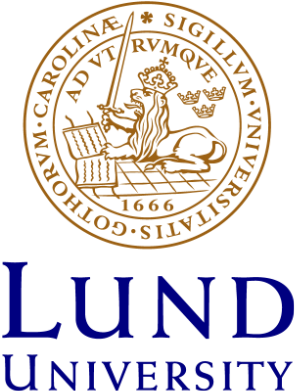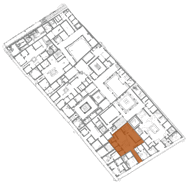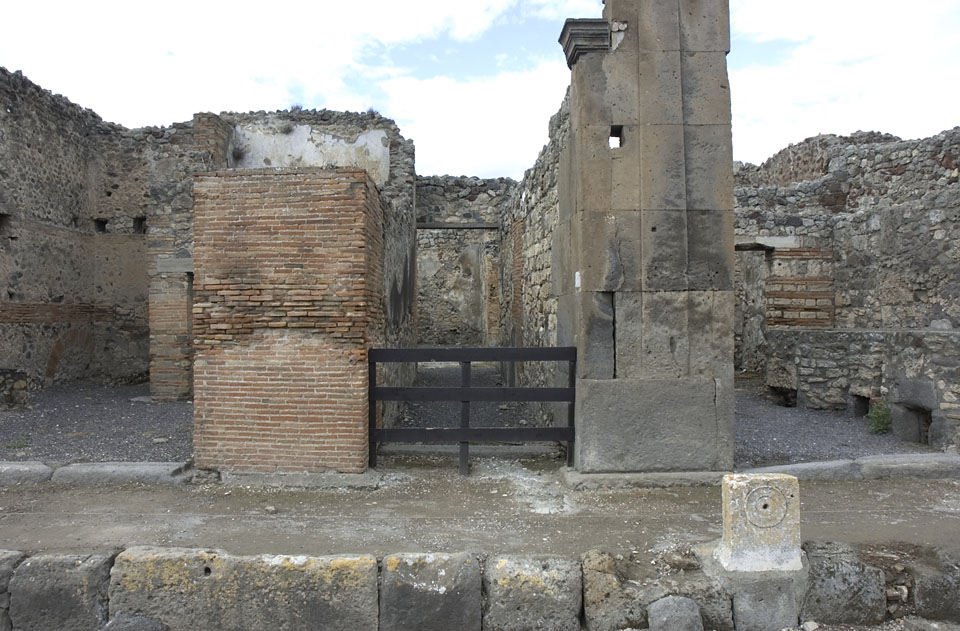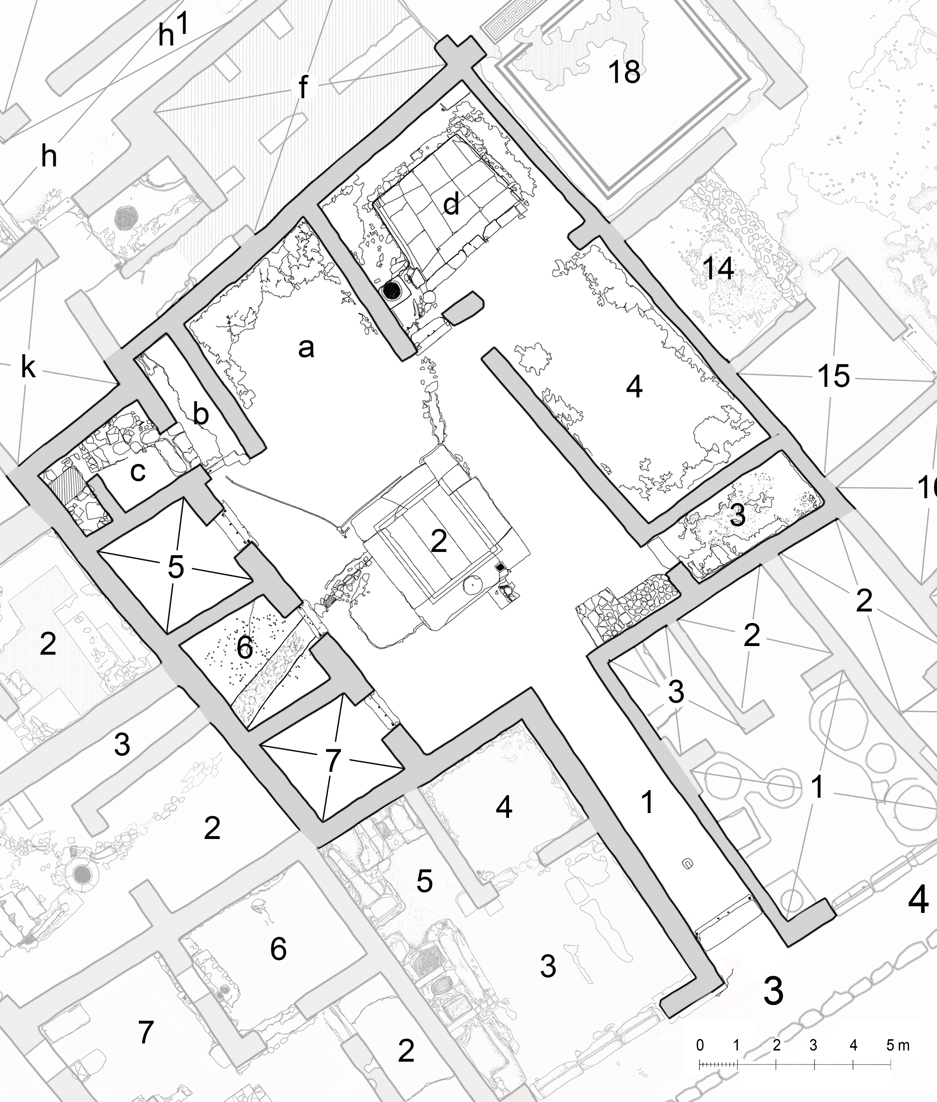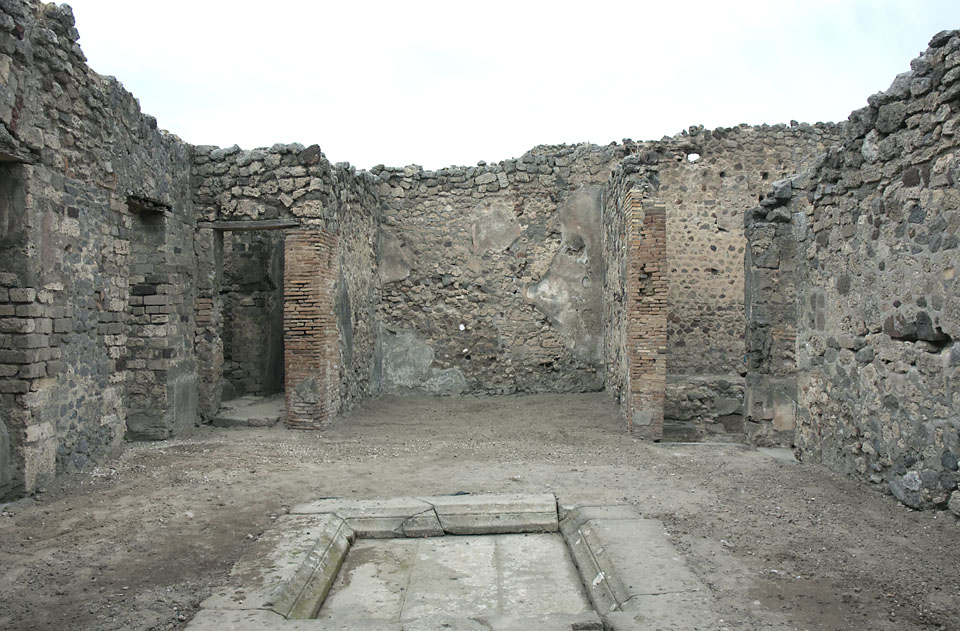V 1,3 House
Description
Renée Forsell
This is a small atrium house excavated in the 1875. It centres round the atrium, with three small rooms 5, 6 and 7 in the west, a tablinuma to the north and in the east a triclinium4 which opens up to an area with benches on three sides and a small pool in the middle d. It was probably once an out door triclinium later rebuilt into a nympheum. A long and narrow fauces1 is leading into the atrium from Via di Nola.
There is a corridor b west of the tablinum leading north, with a door opening towards the latrine c in the NW corner of the building. The corridor once lead to the domestic work areas of the neighbouring house V 1,7, The House of the bronze bull, and was later blocked up. Another corridor 3 in the SE corner of the atrium leads to that same house. This corridor has been blocked in modern times. The house has gone from being an integrated part of the larger property V 1,7 bordering to the north and east to a more self sufficient unit. Along the SE wall of the atrium a hearth bench is placed. This unusual placement of the cooking facilities is not likely to be original but rather a result of the closing of the corridor to the kitchen area of V 1,7.
The three western rooms have had upper floors. The lack of stair foundations and door openings in the upper part of the western walls of rooms 5 and 6 show, that the upper floors of these rooms were not accessible from this house, but instead belonged to the tabernae30 and 31west of it. However, by the latrine, holes in the wall showed that a staircase once was located there. This indicates that, either all the rooms of the upper floor of the western part of the house was at an earlier stage accessible from V 1,3 or that the just the upper floor of the latrine belonged to it. The holes of the staircase are no longer visible due to a renovation in 2010/11.
The documentation of the house was done in 2008-10. During our investigation of the house in 2008 further proof of the dependency on V I,7 was found. (Leander Touati 2010) A system of water pipes and conduits was uncovered. A lead pipe brought water from V I,7 through the northern corridor to a water distribution box by the impluvium which fed water to fountains by the impluvium and the nympheum in the NE. The water then filled the cisterns of the house and the rest of the water was transported through conduits to cisterns in neighbouring tabernae in the south (V 1,4) and west (V 1,31).
